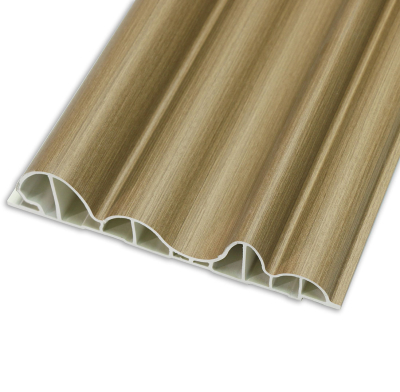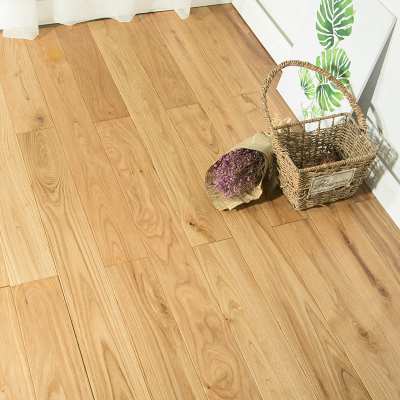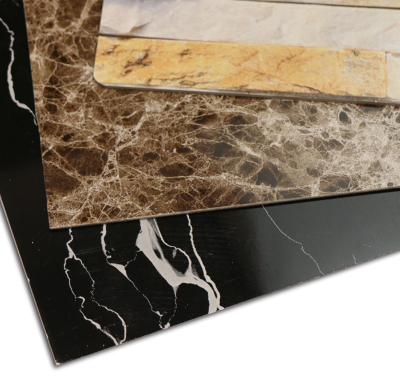Guide to Cleaning Laminate Flooring
Professional Guide to Laminate Flooring Cleaning
Effective cleaning of laminate flooring requires a systematic approach, prioritizing the protection of the floor's integrity. Laminates have fiberboard cores. If water seeps into the seams, the fiberboard cores will expand and warp. Therefore, at every step, water exposure must be minimized as much as possible.
The following is a professional cleaning solution:
1.Prevention and dry cleaning (daily/frequently)
Objective: Remove abrasive particles and dust that may scratch the surface.
Usage method: Use a microfiber mop or a vacuum cleaner with a soft brush or hard floor mode. It is of vital importance to ensure that the vacuum heating rod (rotating brush) is turned off. This can prevent tiny scratches.
2. Wetland mopping (weekly/as needed)
Objective: Remove stains, sticky spots and light soil.
The golden rule: The mop must be thoroughly wrung out so that it won't leave any streaks or stagnant water, and this water should evaporate within a few minutes.
Tools: Spray mops (for example, Swiffer WetJet or similar) are professionally recommended tools because they have excellent humidity control capabilities. Or, a well-twisted microfiber mop would be perfect.
Cleaning solution
Best practice: Use the laminate floor cleaner recommended by the manufacturer. These are all specially designed cleanings that will not leave passivation or sticky residues.
Professional Warning: Never use soap-based cleaners, abrasive cleaners, waxes, polishes or steam mops. Soap will leave a hazy film, steam will distort the wooden board and expire the warranty period, and wax will make the floor slippery to a dangerous level.
3. Remove stains (immediately)
For general stains (food, dirt) : Gently scrape with a plastic putty knife. Dip a cloth in warm water or a special laminate cleaner and then wipe the area. Dry immediately with a clean dry cloth.
Stubborn stains (grease, tar, ink) : Use a cloth dipped in a small amount of isopropyl alcohol (external alcohol) or nail polish remover without acetone. These solvents evaporate rapidly without introducing water. Always test first in an inconspicuous place.
4. Preventive maintenance
Place walking MATS at all entrances to prevent dust and moisture from entering.
Use felt pads under the legs of the furniture.
Wipe the leaked substances and pet accidents immediately.




